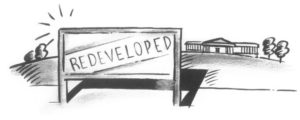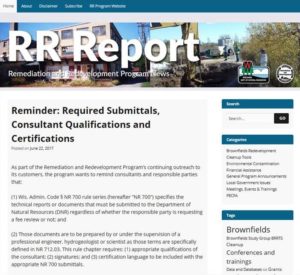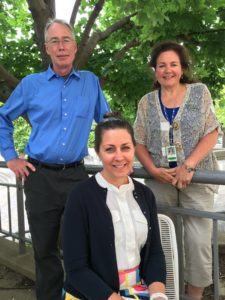The latest version of ASTWMO’s Toolbox for Community Redevelopment, “A beginner’s guide to contaminated property redevelopment,” offers a five-step process to help local governments better understand the basic process of identification, assessment, investigation and cleanup.
The Association of State and Territorial Solid Waste Management Officials, Inc., (ASTSWMO), is a national organization founded in 1974. Its mission is to enhance and promote effective state programs and to affect relevant national policies for waste and materials management, environmentally sustainable practices, and environmental restoration.
The toolbox and examples are not Wisconsin-specific, but include good, basic information for anyone interested in cleanup and redevelopment issues.


